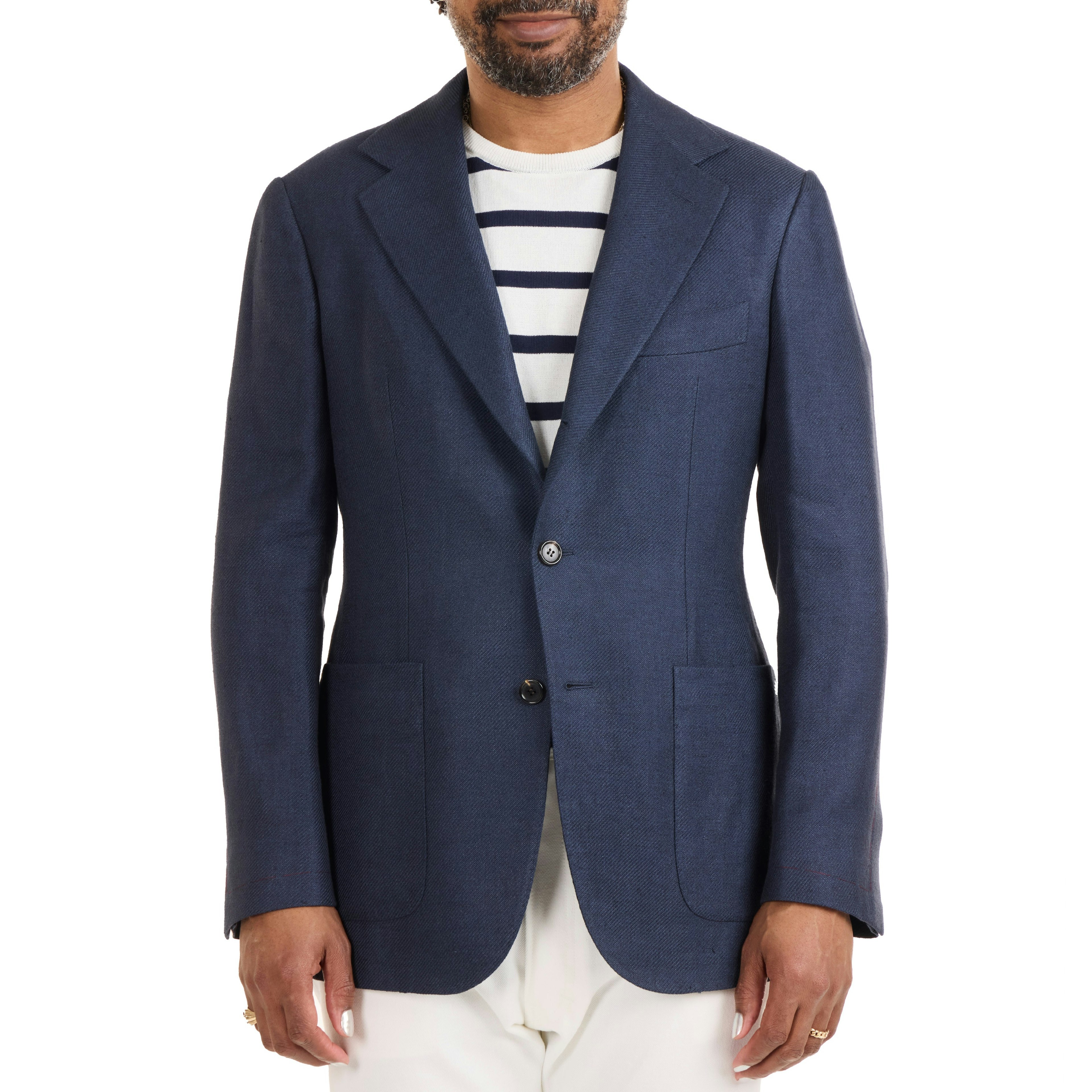chrisb0109
Senior Member
- Joined
- Aug 24, 2009
- Messages
- 794
- Reaction score
- 11
Sorry, but that is just silly and actually quite offensive to me. I happen to have a limited budget and the Allen Edmonds Weybridge I bought on sale at Nordstrom's are my favorite shoes. These ones: (in chili)
http://www.allenedmonds.com/aeonline...ategory=120552
How does it make me a follower or dull? Why can't I just like these shoes?
I think statements like you just made make you dull by following this unhealthy obsession with collectively trashing something.
Edit: Chris is one of the few people here who I can always count on making a reasonable judgement without jumping on the bandwagon.
You have to remember that a large percentage of the people on here function under the guise that any shoe desired is financially viable.
Not only is it unrealistic in the real world, but likely untrue for anyone who feels the need to make their ability to purchase known on an internet forum.




